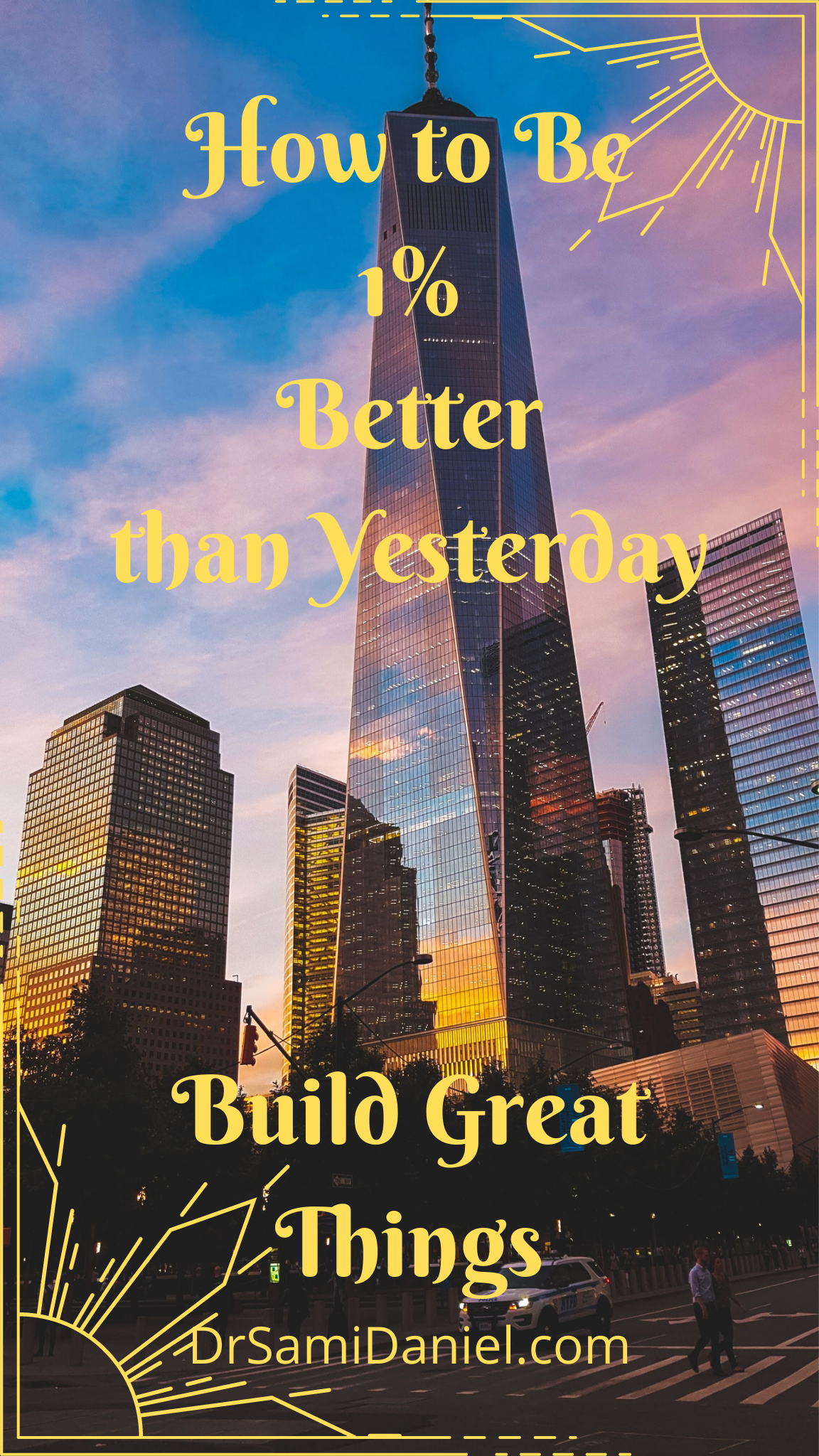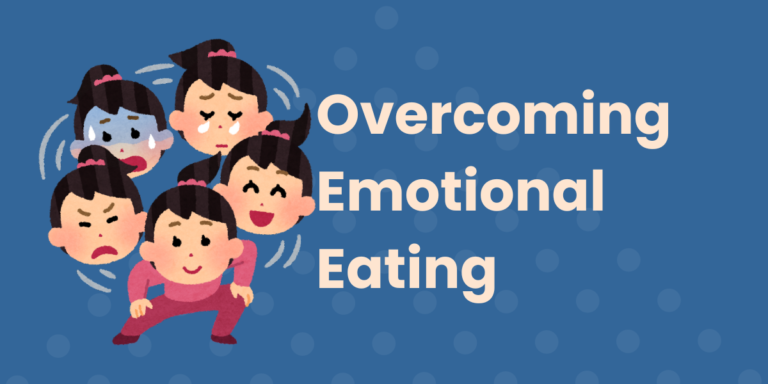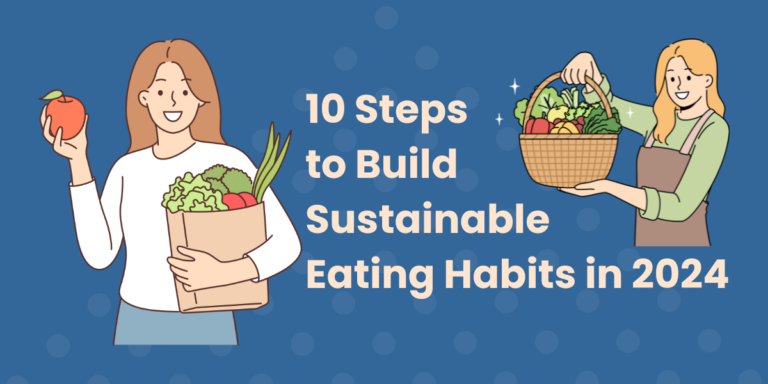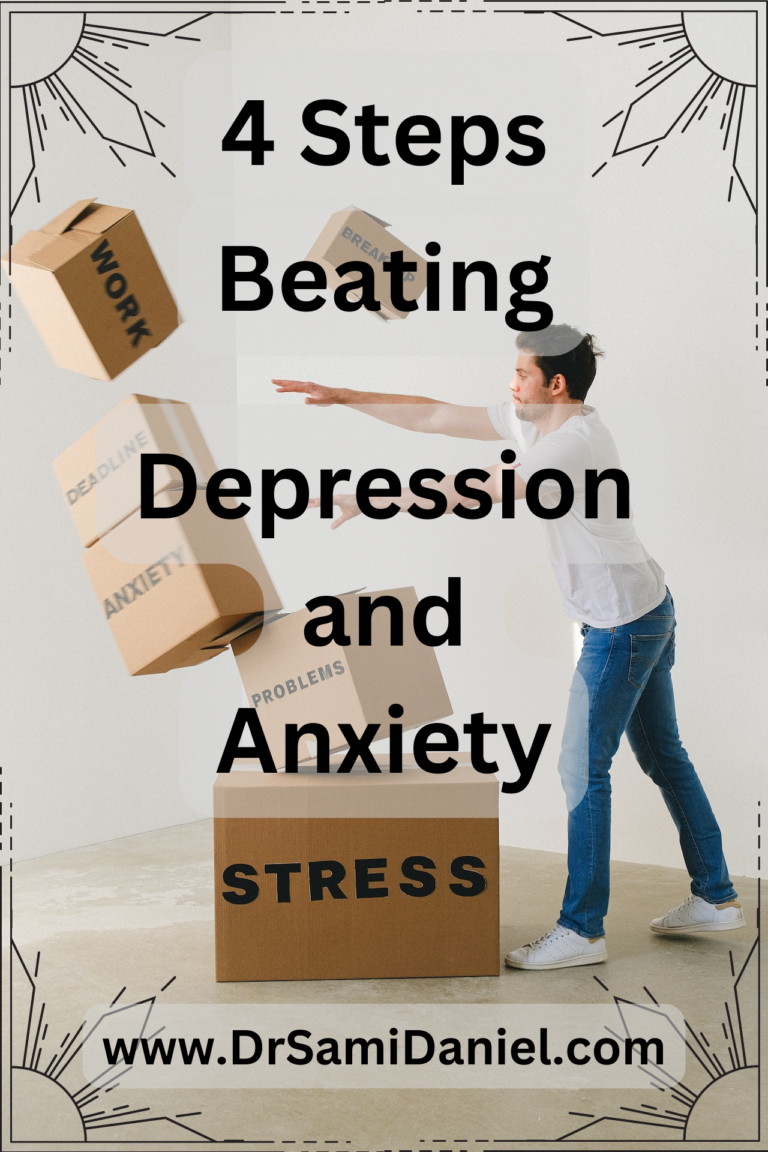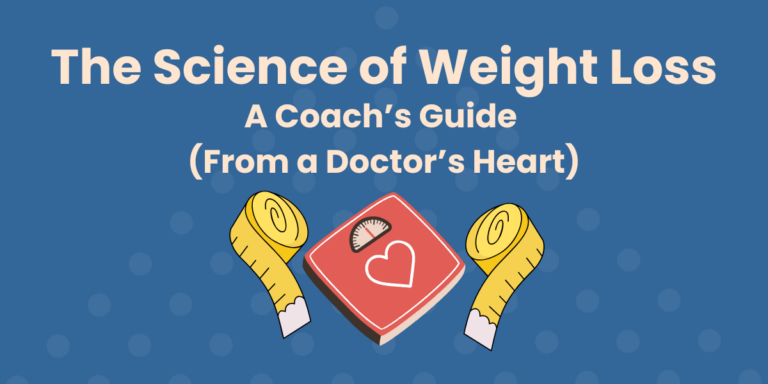How to Be 1% Better than Yesterday
We can all be better as individuals.
Many people think that they need to be 100% better. They are motivated and excited to make these big changes and have a burning desire to achieve their ideal vision today!
That’s great! But what always seems to happen? Failure.
People realize that what they want to achieve and become is really really hard. So they unfortunately give up, not realizing they have actually achieved success for a limited time.
How did they achieve success? Because they chose to be successful.
How did they fail? Because they chose to fail themselves.
Here’s a simple example many can relate to: Diet and exercise.
Many have set a new years resolution to lose weight and get in shape. Many know that the path to accomplish this goal focuses on diet and exercise.
However many do NOT know that diet and exercise must come in small incremental changes; NOT of diet composition or exercise regimens, but of habits.
And as these habits are forged, we reach our goals almost as if by accident. But we will know it was no accident. It was by design.
How the 1% Works
Let’s start off with an example to demonstrate the power of 1% at a time. Keep in mind, this can work for 0.5%, 0.25%, 10%, or whatever you choose. However 1% seems to be ideal.
Let’s say you want to read more books this year because your goal is to be well read.
If you decide to read 1 page per day, you would read a 365 page book by the end of a year. Pretty good!
If you decide to read 1% more pages every day of the year, then reading 1 page today means you would read 1 page and 1% of the next page tomorrow. Then 1% more than that for the following day, and so on.
This method would allow you to increase the pages you read from 365 to about 368 pages in a year. Nothing to write home about.
By the end of the second year, you will have read 1,427 pages. In three years, 54,477 pages.
By the end of the first year, you will have read a little more than 1 book at 365 pages. By the end of the second, you will have read nearly 4 books that are about 365 pages. If you read 54,477 pages by the end of the third year, you will have read about 149 books!
Unless you’re truly focused, reading 149 books is certainly a large undertaking. However we appreciate the power of compounding 1% over time.
We appreciate how doing 1% better than we did yesterday can help us achieve wild dreams with very small changes in the beginning.
2 Stories of Approach
Let’s say you want to read a book that is 365 pages long. That’s a decent sized book. It’s exciting because it’s about a topic you want to read and learn.
You happily buy the book and bring it home. You crack it open and begin to read. The first page goes by and the anticipation of learning the book’s secrets has filled you!
You read the second page, and the third. You’re starting to get a bit frustrated to get to the good stuff. By maybe the sixth or seventh page, you get bored.
You stick a bookmark where you left off and close the book, convincing yourself that you will return to it. But it just sits there for days, possibly weeks or months. What happened?
Let’s try this story a different way. You have a 365 page book you really want to read. You simply read 1 page. That’s it.
Place your bookmark where you left off and put it down. What happens?
You read just 1 page for the day, but you’re excited to read more. You’re looking forward to picking up the book again. You might be tempted to sneak in one more page. But you know you completed your task for the day. Therefore additional pages read are simply the cherry on top!
You would be content for accomplishing your day’s goal of reading one page and looking forward to reading more.
You accomplished your task for the day, which promotes the desire to accomplish another; and another.
Your Mind is a Vault of Knowledge, You are the Banker
Imagine yourself in charge of a bank. And technically, you are! You are in charge of your bank of knowledge and skillsets which is housed in the vault of your brain.
You are your own banker. You control the exchange of ideas into and out of your brain for more ideas.
The goal is to build up your bank account; your fund of knowledge and skills.
You can do this in 2 ways: Acquire more knowledge, or realize internal knowledge.
The former relies on obtaining knowledge from the external world. The latter relies on creating knowledge from internal understanding and insight.
In order to compound the interest on your current ideas and build exponentially, you must acquire external knowledge 1 page at a time, and combine these acquisitions with insights and understanding.
Together, creation occurs to meet your goals. Just realize the goal is NOT to meet your goals, the goal is to exceed them!
How to Design Your Life 1% at a Time
First, what is your goal?
Get in shape? Learn a language? Save up for a vacation? Become financially free?
Whatever your goal, make it S.M.A.R.T. as per Jim Rohn’s guidelines.
Then break it down to small habits as James Clear suggests which would get you to your goals. Minute changes that are almost imperceptible, you don’t even feel like a change is taking place.
For example: Getting in shape. Most people would sign up for a gym membership at the top of the year and make radical changes to their diet.
Why? Because they are confident in their plans to be successful. It’s what other people do, so they think it will work for them too.
People define success only upon achievement of the vision. So if they don’t get there fast enough, they stop the daily tasks.
But what if your vision was small, on a day-to-day basis? Something simple. Maybe even TOO simple.
Do 1 push-up per day. Learn 1 new word per day. Save 1 dollar per day. Invest 1 dollar per day.
By doing something inconsequential every day, you build your life up by laying 1 brick down at a time. Seal it, then lay another. Repeat.
Take your goals, figure out what habits are necessary to achieve that goal, then make these habits as small as possible so that you consistently repeat them.
Over time, you may grow either 1% at a time, or exponentially as illustrated above.
1 push-up might be 2 push-ups the next day or the next week. 1 new word per day might be 2 new words tomorrow. Saving or investing 1 dollar today might be 2 dollars tomorrow.
Think BIG. Then think small.
Have BIG dreams! And achieve them with small habits.
Progress might be slow. But you will progress consistently. And that’s what matters.

